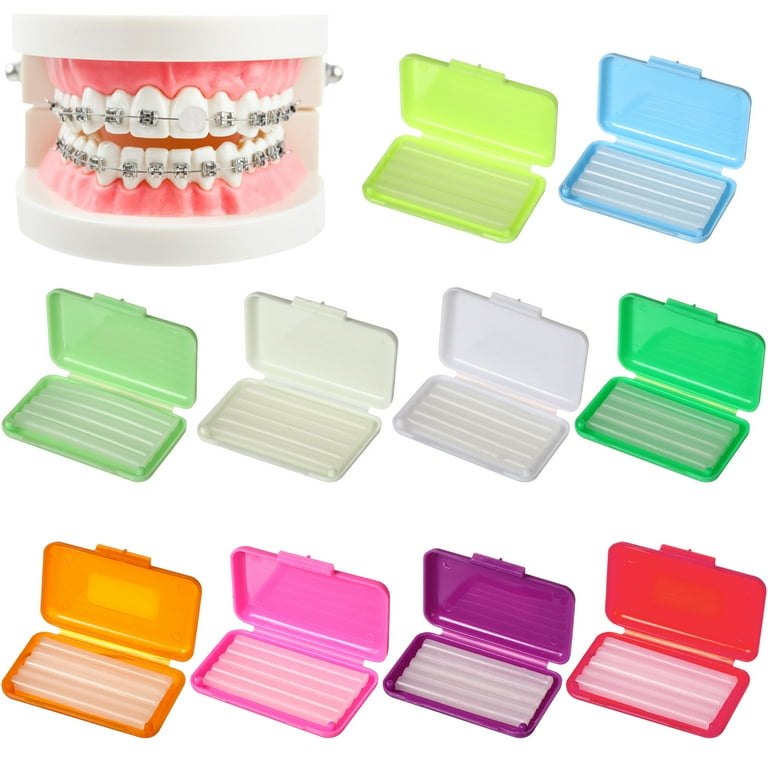Discovering the Right Cumming Orthodontist for Your Braces and Aligners Needs
Discovering the Right Cumming Orthodontist for Your Braces and Aligners Needs
Blog Article
Comprehensive Guide to Orthodontics Treatments for Dealing With Oral Misalignments
In the realm of orthodontics, the journey to attaining a completely straightened smile includes a myriad of treatments customized to deal with dental imbalances. From conventional braces to invisible aligners and even surgical choices, the field of orthodontics provides a series of remedies to address varying levels of dental abnormalities. Recognizing the complexities of each treatment, including their devices, advantages, and potential downsides, is critical in making informed choices regarding one's orthodontic treatment. As we navigate via the comprehensive guide to orthodontic procedures for remedying oral misalignments, the elaborate information of each approach will unravel, clarifying the path toward a unified and functional oral positioning.
Orthodontic Procedures Introduction

Regular adjustments and surveillance are essential parts of orthodontic therapy to make certain development is on track and to make any essential modifications along the method. By undertaking orthodontic treatments, people can not only achieve a straighter smile but likewise improve their total oral wellness and function.
Conventional Braces: Exactly How They Work
When taking into consideration orthodontic treatments for oral imbalances, typical braces stand apart as a time-tested technique for fixing teeth placing. Typical braces include braces, cords, and bands that interact to apply constant pressure on the teeth, slowly moving them right into the preferred placement. The braces are connected to the teeth using a special adhesive, and the cables are threaded via the brackets. By adjusting the stress of the wires, orthodontists can regulate the direction and pressure applied to each tooth, directing them into appropriate placement in time.
As pressure is applied to the teeth through the dental braces, the bone bordering the teeth is reshaped to support the brand-new tooth placements. Clients will certainly need normal adjustments at the orthodontist's office to make certain the dental braces continue to use the appropriate stress for reliable teeth movement.
Unnoticeable Aligners: Advantages And Disadvantages
Invisible aligners offer a very discreet and convenient choice to traditional dental braces for remedying dental misalignments. These clear, custom-made trays are basically unseen when used, making them an appealing choice for individuals seeking a more cosmetically pleasing orthodontic therapy. Among the key benefits of undetectable aligners is their removability, enabling simpler maintenance of dental health contrasted to standard braces. People can eliminate the aligners prior to consuming or cleaning their teeth, lowering the threat of food obtaining stuck in the appliance and streamlining the cleansing process.

Surgical Orthodontic Options
Surgical treatments in orthodontics existing sensible alternatives for dealing with complicated oral imbalances that may dental implant care not be successfully solved via standard orthodontic therapies. While conventional dental braces and undetectable aligners can correct numerous orthodontic issues, particular instances call for medical treatment to attain optimal results. Surgical orthodontic choices are generally advised for severe malocclusions, significant jaw disparities, and situations where the underlying bone structure needs modification to achieve proper alignment.
One common surgical orthodontic treatment is orthognathic surgical procedure, which includes repositioning the jaws to correct useful problems such as problem eating or speaking. This surgical treatment is typically done in cooperation with an orthodontist that helps align the teeth prior to and after the procedure. Surgical orthodontics may likewise include treatments to subject impacted teeth, get rid of excess periodontal cells, or improve the jawbone to produce a more harmonious face profile.
Before thinking about medical orthodontic alternatives, patients undertake a thorough examination to identify the necessity and possible advantages of such treatments. invisalign. While surgical treatment may seem complicated, it can dramatically improve both the feature and aesthetic click here to read appeals of the smile in instances where conventional orthodontic treatments fall short
Retainers and Post-Treatment Treatment

Failure to abide with post-treatment care instructions can result in relapse, where the teeth progressively move back towards their original settings. Consistent retainer wear, good oral health, and routine oral exams are vital for keeping the results accomplished via orthodontic websites surgical procedure and ensuring the long-term stability of the fixed oral positioning.
Conclusion
In verdict, orthodontic treatments offer numerous options for remedying oral imbalances. Surgical orthodontic alternatives are offered for extra extreme misalignments. On the whole, orthodontic procedures can properly enhance oral wellness and aesthetic look.
As we browse through the comprehensive guide to orthodontic procedures for fixing dental misalignments, the elaborate information of each method will unravel, shedding light on the path towards a practical and unified dental positioning. - braces
One of the most usual orthodontic treatments is the usage of braces, which consist of metal braces and wires that use gentle stress to gradually move teeth right into the desired placement.When considering orthodontic therapies for dental imbalances, traditional dental braces stand out as a time-tested technique for correcting teeth positioning. Furthermore, unnoticeable aligners might not be suitable for complex orthodontic problems that require more significant teeth activity, as they are generally recommended for light to modest situations. Retainers are customized orthodontic gadgets designed to hold teeth in their dealt with positions after the conclusion of orthodontic therapy.
Report this page